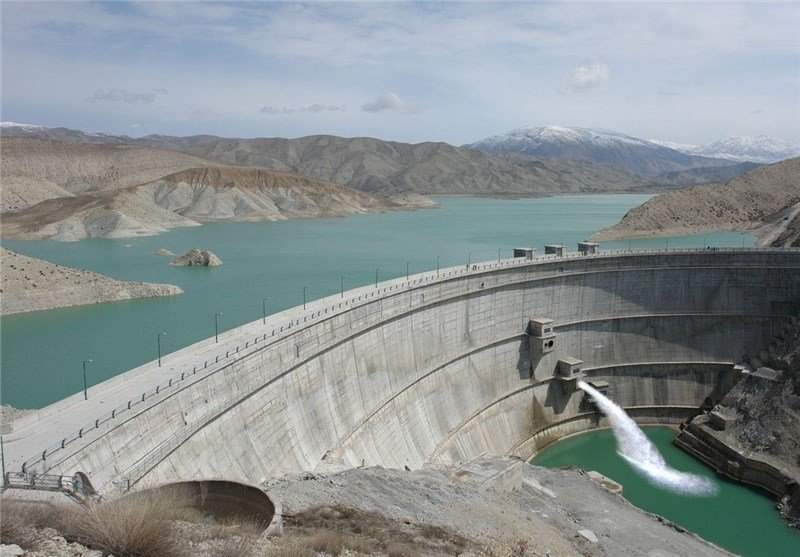Iranian MP warns about Baghdad dam construction plan

TEHRAN – An Iranian parliamentarian on Wednesday made warnings about Iraq’s decision to build a dam across Arvand Rud, saying this will turn Abadan, southwest of Iran, into a salt marsh.
“Iraq plans to trap water of the Tigris and Euphrates rivers in Um al-Rasas by constructing a dam,” said Gholamreza Sharafi, representative of Abadan.
“If the plan is implemented, what remains of palm groves in the vicinity of Arvand Rud will disappear.”
This will happen as dam construction in the region will further salinate Arvand Rud, already saline by more than 21 billion cubic meters of high-mineral flows from Karun, the largest river of Iran, the lawmaker added.
Um al-Rasas Island is located in Arvand Rud, a border river called Shatt al-Arab by Iraqis, near the southern city of Basra, about 341 miles south of Baghdad.
Consultation has already begun, Sharafi underscored, saying, “We have asked Iraq and the project’s consultant to construct the dam 15 kilometers away from Arvand Rud’s mouth.”
He offered no more details.
The new location will contribute to the agriculture sector of the region and prevent damage to underground water resources, he explained.
The last time Iran and Iraq agreed on the division of their waterways was in 1975 under the 1975 Algiers Agreement, when the Shatt al-Arab river and its mouth into the Persian Gulf were split along their deepest channel.
The dispute over the border river was a main cause of the 1980-1988 Iran-Iraq war after Iraqi dictator Saddam Hussein abolished the agreement in September 1980.
In addition to water disputes with Iraq, Iran faces similar challenges with Afghanistan across its eastern borders over the Helmand River.
Over the past two decades, Iran has been increasingly feeling the pain of low precipitation and periods of drought, suffering prolonged shortages in its water supply.
According to Isa Kalantari, Iran’s former agriculture minister under the Rafsanjani administration, in less than two decades parts of Iran become uninhabitable due to the droughts.
In November 2016, Iran’s Deputy Foreign Minister Abbas Araqchi, unnerved by the perspective, called for a more active and creative hydro-politics, underscoring that climate change and global warming have caused surface and underground water supplies to shrink, resulting in internal and external conflicts.
AK/PA
